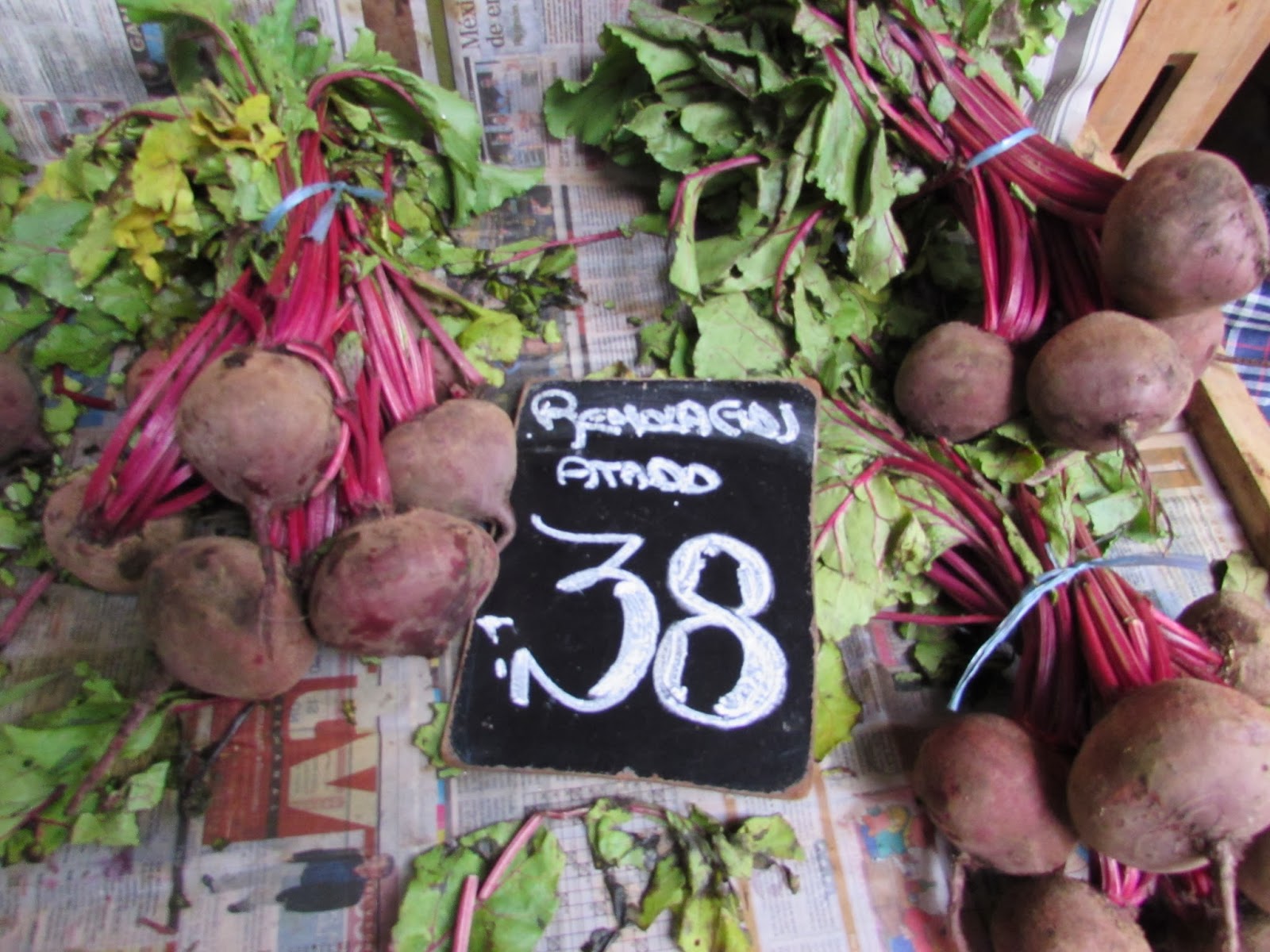Carnaval is a 40-day celebration.
Uruguay is tiny. Montevideo, the capital, is only a 3 hour bus ride from Colonia, where you can catch a ferry to Buenos Aires. Punta del Este, the chic coastal resort town, is just 2 hours on the bus, Punta del Diablo is 4, and Brazil a mere 6.
 |
| Montevideo's old city |
Uruguayans are mostly descended from Spaniards and Italians, but their culture is full of unique indiosyncrasies. Most of the country is farmland, and meat-eating is a national pastime.
 |
| The endless farmland... |
Speaking of national pastimes, tea-drinking is a major one. Mate tea, to be specific.
People drink mate like it's water. Mate-drinking involves carrying around a large leather purse containing a bag of loose tea leaves, a carved wooden cup, a special metal straw, and a thermos full of hot water. They drink it on the bus, while driving, at the park, with a screaming baby under one arm, while pushing a shopping cart at the supermarket, and anywhere and everywhere esle you can imagine. It looks almost as ridiculous as it sounds, especially in the peak of summer heat. The bitter taste takes some getting used to.
 |
| Mate at the park |
 |
| Mate cups for sale |
 |
| Mate at the bus station |
 |
| Mate at the market |
Uruguay is definitely one of my new favorite countries, and Montevideo one of my new favorite cities. Walking around alone felt perfectly safe, the coastline is gorgeous, and you can buy excellent produce at the street markets (although food is quite expensive. I paid $1.50 for a tiny avocado!).
There are, however, a few things lacking. Whoever said that Uruguay was just like Switzerland was exaggerating, just a bit. I couldn't find peanut butter or tofu, most people don't know how to clean up after their dogs, and drivers drive like maniacs (though supposedly much better compared to the rest of Latin America).
I really appreciated the consistent street signs and how gridded the city of Montevideo is. Buses are reasonably priced, and the long-distance ones leave frequently - meaning they are rarely full. At the central station, 'Tres Cruces,' each bus parking bay has a sign detailing the next departure, making it very stress-free to take the bus practically anywhere.
 |
| My neighborhood for a couple weeks |
 |
| A bus about to head to the Brazilian border |
The city of Montevideo is full of lovely squares and parks, and people really seem to be walking around and enjoying themselves all the time. When I was there, a couple weeks ago, it rained a few times (well... there were two major storms), but the weather was never really cold (and I'm always cold!). Because January and February are peak summer vacation months, I was told that Montevideo was actually at its quietest, as most people were spending some time at the beach towns up the coast such as the lovely Punta del Este. Despite the apparent 'quietness,' the nightlife was still great and bars apparently never close... Well, they were still open at 5am when I went home!
All in all, Uruguay is an amazing country that most backpackers in South America overlook. In fact, few people know anything about it at all. For those traveling from Argentina to Brazil, going through Uruguay should be an obvious option, and can be done in about a week. And, another added perk for Americans (from the US, that is); you don't need a visa to enter the country! For those of you sick of shelling out $160 for every other South American tourist visa, Uruguay is a welcomingly simple country to enter and visit for up to three months. Go check it out.




